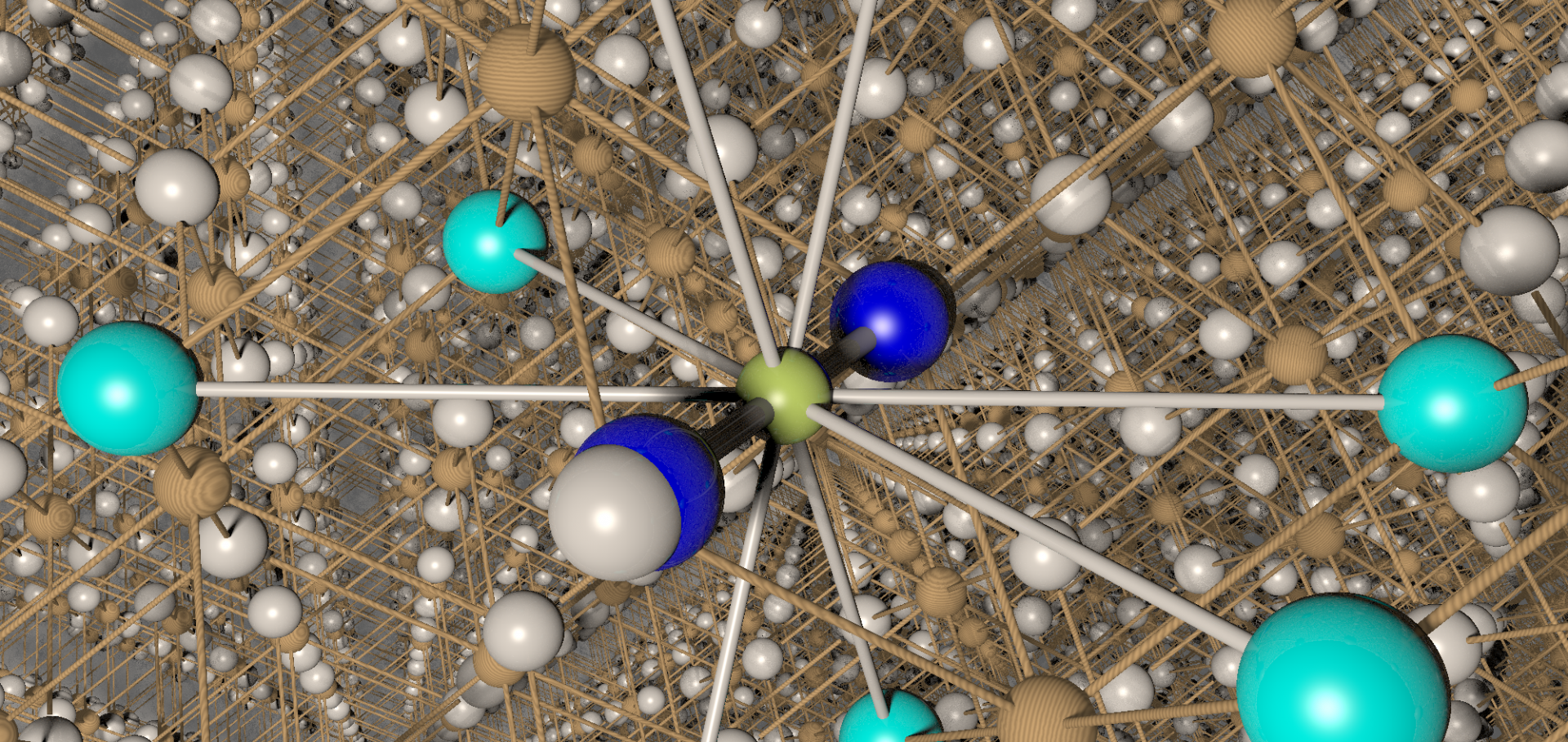28aPS-17 高圧力下におけるLiFeAsの交流磁化率測定・精密構造解析(28aPS 領域8ポスターセッション(低温II(鉄砒素超伝導体,その他)),領域8(強相関系:高温超伝導,強相関f電子系など))
(2009) 599
Heat capacity measurements on FeAs-based compounds: A thermodynamic probe of electronic and magnetic states
New Journal of Physics 11 (2009)
Abstract:
We report heat capacity measurements of the pnictide materials SmFeAsO 1-xFx, NdFeAsO, LaFeAsO1-xFx and LiFeAs. For SmFeAsO1-xFx, with x close to 0.1, we use 3He measurements to demonstrate a transfer of entropy from the peak at TN to a previously unidentified ∼2 K feature, which grows with increasing doping. Our results on the Sm samples are compared with a similarly doped La sample to elucidate the crystal field levels of the Sm3+ ion at 0, 20 and 45 meV, which lead to a Schottky-like anomaly, and also show that there is a significant increase in the Sommerfeld coefficient y when La is replaced by Sm or Nd. The lattice contribution to the heat capacity of the superconducting oxypnictides is found to vary negligibly with chemical substitution. We also present a heat capacity measurement of LiFeAs showing the feature at Tc, which is significantly rounded and much smaller than the BCS value. © IOP Publishing Ltd and Deutsche Physikalische Gesellschaft.Tuning the interlayer spacing of high-T_{c} Bi-based superconductors by intercalation: measuring the penetration depth and the two-dimensional superfluid density.
Phys Rev Lett 102:8 (2009) 087002
Abstract:
Substantial control of the interlayer spacing in Bi-based high temperature superconductors has been achieved through the intercalation of guest molecules between the superconducting layers. Measurements using implanted muons reveal that the penetration depth increases with increasing layer separation while T_{c} does not vary appreciably, demonstrating that the bulk superfluid density is not the determining factor controlling T_{c}. Our results strongly suggest that for Bi-based high temperature superconductors the superfluid density appearing in the Uemura scaling relation rho_{s} proportional, variantT_{c} should be interpreted as the two-dimensional density within the superconducting layers, which we find to be constant for each class of system investigated.Enhanced superfluid stiffness, lowered superconducting transition temperature, and field-induced magnetic state of the pnictide superconductor LiFeAs
Physical Review B - Condensed Matter and Materials Physics 79:5 (2009)
Abstract:
Transverse-field muon-spin rotation measurements performed on two samples of LiFeAs demonstrate that the superfluid stiffness of the superconducting condensate in relation to its superconducting transition temperature is enhanced compared to other pnictide superconductors. Evidence is seen for a field-induced magnetic state in a sample with a significantly suppressed superconducting transition temperature. The results in this system highlight the role of direct Fe-Fe interactions in frustrating pairing mediated by antiferromagnetic fluctuations and indicate that, in common with other pnictide superconductors, the system is close to a magnetic instability. © 2009 The American Physical Society.Two-dimensional magnetism in the pnictide superconductor parent material SrFeAsF probed by muon-spin relaxation
Physical Review B - Condensed Matter and Materials Physics 79:6 (2009)


